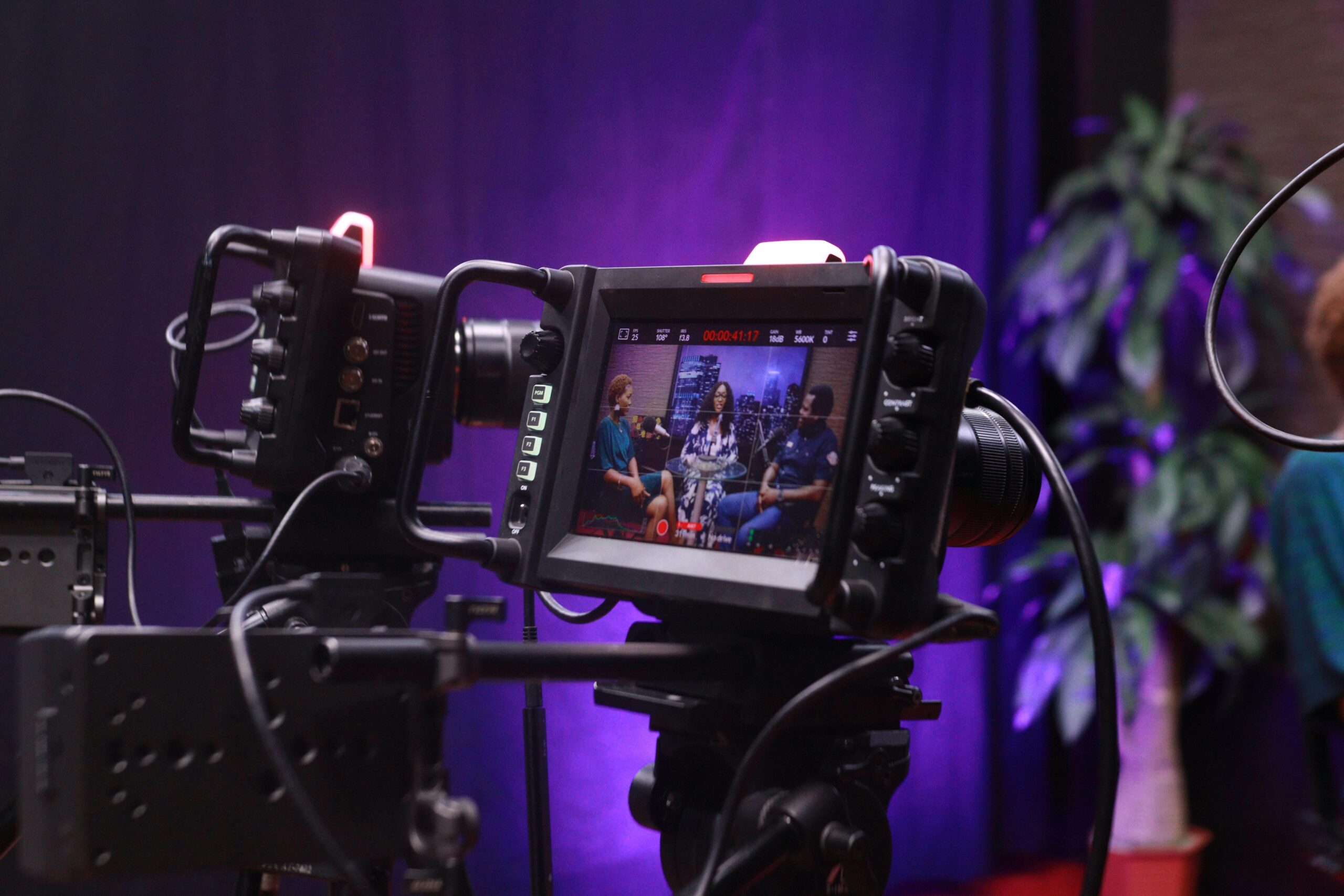Live streaming has exploded in popularity over the last few years. From gaming and music concerts to online classes and interactive events, audiences now expect instant, smooth, and high-quality streams wherever they are. But as audiences grow, traditional streaming infrastructure can struggle to keep up – causing buffering, delays and sometimes even crashes during peak traffic.
That’s where peer-to-peer (P2P) streaming technology comes in.
Streaming That Grows With Your Audience
Unlike traditional delivery systems that rely solely on centralized servers, P2P streaming uses the viewers themselves as part of the distribution network. Each device watching the stream helps deliver content to others, creating a self-scaling network. The more people watch, the stronger and faster the stream becomes.
This approach solves many common streaming challenges:
- Reliable playback during peak moments – even when thousands of viewers tune in simultaneously.
- Reduced infrastructure costs, since bandwidth is shared across the network.
- Better quality for viewers with faster start times and fewer interruptions.

Why Creators Are Taking Notice
For content creators, P2P streaming offers a way to reach larger audiences without worrying about network limits. It also allows more flexibility in delivering live or on-demand content across multiple devices, from smartphones and tablets to desktops and smart TVs.
Creators no longer have to choose between high-quality delivery and affordable infrastructure – modern streaming networks can handle both.
The Bigger Picture
The shift toward decentralized, peer-assisted streaming is part of a larger trend in digital media: making content delivery more efficient, resilient and accessible. As more creators, broadcasters and platforms adopt P2P methods, viewers can enjoy faster, smoother experiences while content providers benefit from lower costs and greater scalability.
Some innovative platforms, including PeerFlow, have already started leveraging this technology to help creators deliver high-quality streams at scale, but the key takeaway is that the underlying technology itself is changing the way we think about online video delivery.
Looking Ahead
The future of live streaming is less about centralized servers and more about collaboration between viewers and networks. P2P technology is helping content reach its audience faster, smarter and more reliably than ever before – and as adoption grows, everyone in the streaming ecosystem benefits.But as audiences grow, traditional streaming infrastructure can struggle to keep up – causing buffering, delays and sometimes even crashes during peak traffic.
That’s where peer-to-peer (P2P) streaming technology comes in.
Streaming That Grows With Your Audience
Unlike traditional delivery systems that rely solely on centralized servers, P2P streaming uses the viewers themselves as part of the distribution network. Each device watching the stream helps deliver content to others, creating a self-scaling network. The more people watch, the stronger and faster the stream becomes.
This approach solves many common streaming challenges:
- Reliable playback during peak moments – even when thousands of viewers tune in simultaneously.
- Reduced infrastructure costs, since bandwidth is shared across the network.
- Better quality for viewers with faster start times and fewer interruptions.
Why Creators Are Taking Notice
For content creators, P2P streaming offers a way to reach larger audiences without worrying about network limits. It also allows more flexibility in delivering live or on-demand content across multiple devices, from smartphones and tablets to desktops and smart TVs.
Creators no longer have to choose between high-quality delivery and affordable infrastructure – modern streaming networks can handle both.
The Bigger Picture
The shift toward decentralized, peer-assisted streaming is part of a larger trend in digital media: making content delivery more efficient, resilient and accessible. As more creators, broadcasters and platforms adopt P2P methods, viewers can enjoy faster, smoother experiences while content providers benefit from lower costs and greater scalability.
Some innovative platforms, including PeerFlow, have already started leveraging this technology to help creators deliver high-quality streams at scale, but the key takeaway is that the underlying technology itself is changing the way we think about online video delivery.
Looking Ahead
The future of live streaming is less about centralized servers and more about collaboration between viewers and networks. P2P technology is helping content reach its audience faster, smarter and more reliably than ever before – and as adoption grows, everyone in the streaming ecosystem benefits.

